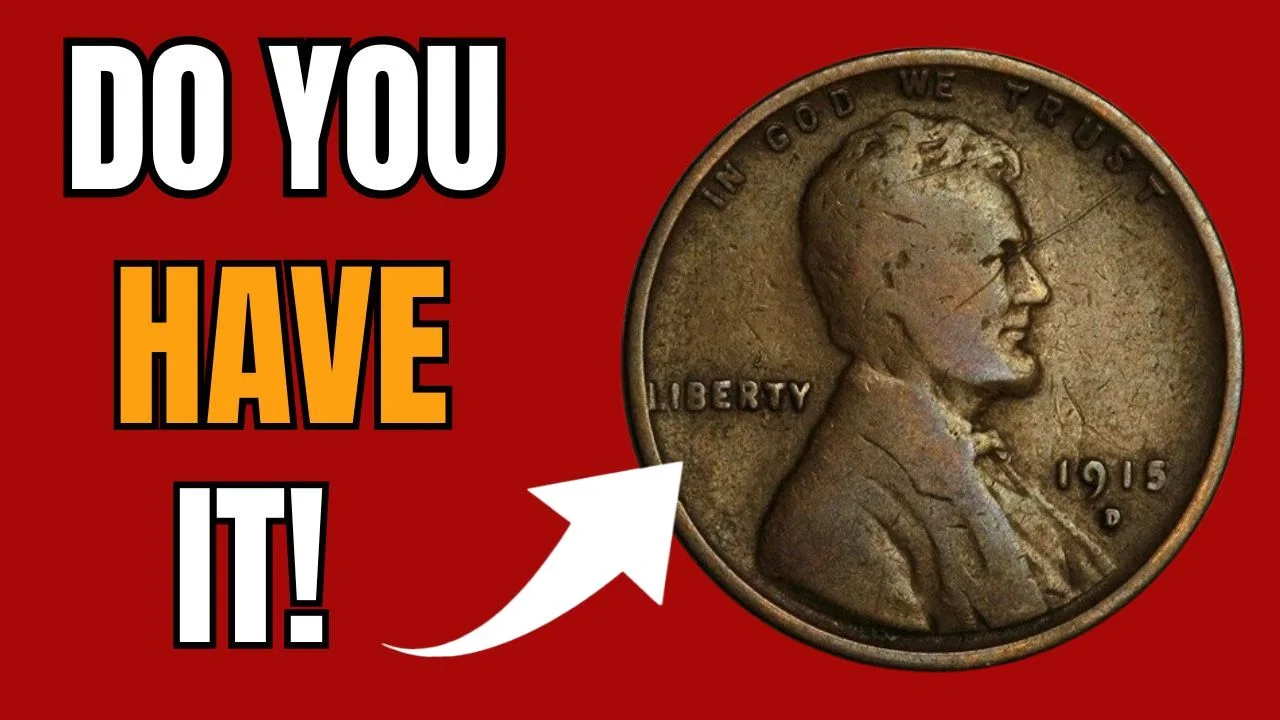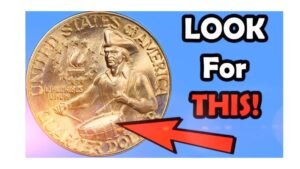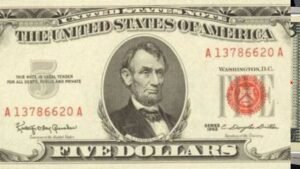The Lincoln Wheat Penny is a small coin with a big story. First minted over 100 years ago, this penny is a favorite among coin collectors. While most are worth just a few cents, a rare version of this coin has sold for as much as $144,000! Even more exciting? It might still be hiding in your pocket change or a dusty coin jar. In this article, we’ll explore the history of the Lincoln Wheat Penny, why some are so valuable, and how you can spot one. Let’s dive into the world of this iconic coin!
What Is the Lincoln Wheat Penny?
The Lincoln Wheat Penny, often called the “Wheat Cent,” was first made in 1909 to honor the 100th anniversary of President Abraham Lincoln’s birth. It was the first U.S. coin to feature a real person’s face—Lincoln’s—on the front (obverse). The back (reverse) shows two wheat stalks, which is how it got its nickname. Designed by Victor David Brenner, this coin was minted until 1958, when the design changed to show the Lincoln Memorial.
Over the years, billions of these pennies were made, and many are still around today. Most are worth only a little more than their face value, but a few rare ones can be worth thousands or even millions due to minting errors or limited production.
Why Is the $144K Lincoln Wheat Penny So Special?
The Lincoln Wheat Penny valued at $144,000 is no ordinary coin. Its high value comes from a rare mistake made during production. Here’s why this penny stands out:
The 1943 Bronze Penny Error
In 1943, during World War II, the U.S. Mint switched to making pennies out of zinc-coated steel to save copper for the war effort. However, a tiny number of pennies were accidentally struck using bronze (a copper alloy) instead. These “error coins” are incredibly rare, with fewer than 20 believed to exist today. One of these 1943 bronze pennies sold for $144,000 at auction, and some have even fetched millions
Rarity and Condition
The value of a coin depends on how rare it is and its condition. A 1943 bronze penny in “mint state” (almost perfect condition) is worth much more than one that’s worn out. The sharp details of Lincoln’s face or the wheat stalks on the back make a big difference to collectors.
Historical Significance
This penny isn’t just valuable because of its rarity—it’s also a piece of history. Minted during a time of global conflict, it tells a story of a mistake made under pressure. This adds to its appeal for collectors who love coins with a unique backstory.
How to Spot a Valuable Lincoln Wheat Penny
Could you have a $144,000 penny in your collection? Here’s how to check:
Step-by-Step Guide to Identify a 1943 Bronze Penny
- Check the Date: Look for a 1943 penny. Most pennies from that year are steel, so a bronze one is a rare find.
- Test the Material: Use a magnet. Steel pennies stick to magnets, but bronze (copper) pennies do not.
- Look for Mint Marks: Check under the date for a small letter like “D” (Denver) or “S” (San Francisco). Some 1943 bronze pennies have these marks, which can affect their value.
- Examine the Condition: Use a magnifying glass to check for wear. Coins with clear details are worth more.
- Avoid Cleaning: Never clean a coin, as it can lower its value. Dirt or wear can be part of its charm for collectors.
Other Valuable Lincoln Wheat Pennies
While the 1943 bronze penny is the star, other Wheat Pennies can also be valuable:
- 1909-S V.D.B.: This penny has the designer’s initials (V.D.B.) on the back and was made in small numbers. A mint-state one sold for $155,000 in 2022.
- 1955 Doubled Die: A minting error caused the date and words to appear doubled, making this penny worth up to $410,000 in top condition.
| Penny Type | Year | Key Feature | Potential Value |
|---|---|---|---|
| 1943 Bronze Penny | 1943 | Made of bronze, not steel | Up to $144,000+ |
| 1909-S V.D.B. | 1909 | Designer’s initials on reverse | Up to $155,000 |
| 1955 Doubled Die | 1955 | Doubled date and inscriptions | Up to $410,000 |
Could It Still Be in Circulation?
Yes, it’s possible! Many Lincoln Wheat Pennies, including rare ones, were never taken out of circulation. They could be sitting in coin jars, old wallets, or even passed as regular change. The 1943 bronze penny, for example, was accidentally released into circulation, and some may still be out there, unnoticed. Stories of people finding valuable coins in bank rolls or inherited collections keep the excitement alive.
What to Do If You Think You Found One
If you suspect you’ve found a rare Lincoln Wheat Penny, follow these steps:
- Don’t Clean It: Cleaning can damage the coin and lower its value.
- Get It Authenticated: Take it to a professional coin grading service like PCGS (Professional Coin Grading Service) or NGC (Numismatic Guaranty Corporation). They can confirm if it’s genuine and grade its condition.
- Consult an Expert: Before selling, talk to a coin dealer or auction house. Rare coin auctions often fetch higher prices than quick sales.
Tips for Coin Collectors
Whether you’re a beginner or a seasoned collector, here are some tips to start hunting for valuable Lincoln Wheat Pennies:
- Check Your Change: Look at every penny you get. Old coins can still pop up in circulation.
- Buy Coin Rolls: Purchase rolls of pennies from banks and search through them.
- Join Coin Clubs: Connect with other collectors to learn more and share tips.
- Learn About Errors: Study common minting errors like doubled dies or wrong metals to spot valuable coins.
Conclusion
The Lincoln Wheat Penny is more than just a coin—it’s a piece of American history with the potential to be a life-changing treasure. The rare 1943 bronze penny, valued at $144,000 or more, could still be hiding in your pocket or a forgotten coin jar. By knowing what to look for and how to handle a rare find, you might uncover a fortune. So, next time you come across an old penny, take a closer look—you could be holding a small coin with a massive value!
FAQs
What makes the 1943 Lincoln Wheat Penny so valuable?
The 1943 penny is valuable because it was accidentally made with bronze instead of steel, a rare minting error from World War II. Only a few exist, making them highly sought after by collectors.
How can I tell if my penny is bronze or steel?
Use a magnet. Steel pennies stick to magnets, but bronze pennies (made of copper) do not.
Are all Lincoln Wheat Pennies worth a lot?
No, most are worth just a few cents. Only specific rare versions, like the 1943 bronze or 1955 Doubled Die, have high value due to errors or low production.
Where can I sell a rare Lincoln Wheat Penny?
Have it graded by PCGS or NGC, then contact a reputable coin dealer or auction house for the best price.
Can I still find a $144,000 penny in circulation?
Yes, it’s possible! Rare pennies like the 1943 bronze were released into circulation and could still be in coin jars or change.




